The Passifloraceae family is a pantropical family of plants. It is represented in all tropical and subtropical climates of the world, with about 530 different species. Within this family there is a genus of about 300 species called Passiflora. They are called passionflower. Today we will talk a little about this genus and its relationship with other genera of butterflies.
First, let’s talk a little about the life of these plants. They are usually climbing vines, with opposite leaves, one simple and the other modified as climbing tendril. They present flowers pollinated by bees, butterflies, and hummingbirds. They have pulpy fruits with seeds dispersed by birds, mammals, or insects. As a method of defense against predation they developed a large number of chemicals. Almost all the herbivorous creatures of the forest are unable to feed on their leaves. But for a very long time, several groups of butterflies have co-evolved with them and they have managed to become immune to the chemical defense of these plants. When your predator, which is also sometimes your pollinator, is resistant to your chemical warfare, then how do you avoid being eaten by this caterpillar?
We will talk about what the plants made but first let’s talk about the life of these butterflies. They are species belonging to several genuses (Heliconius, Dryas, Dryadula, Cethosia, among others). They are very colorful butterflies, with diurnal habits and highly developed visual abilities. Some of these butterflies have larva a/k/a caterpillars that will eat other caterpillars – they are cannibals. If they find other smaller caterpillars they will feed on them. Siblings (similar size) will thus not eat each other, but later hatched caterpillars are targets. Timing is everything: a butterfly’s larva are more likely to survive if they’re the first to be hatched on a leaf.
![]()
Adult of Heliconius sp.
![]()
Adult of Heliconius sp.
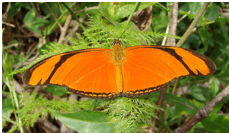
Adult of Dryas sp.
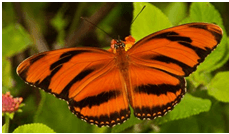
Adult of Dryadula sp.
It has been observed that when a butterfly mother, of this group, is looking for a place to lay her eggs, she performs general flights in the forest trying to find plants that will serve as food for her caterpillars. Once she has located a plant. She makes close flights while deciding if this is a good place to lay eggs. She values the age of the leaves, the size of the plant, and the presence of competition in the form of earlier laid eggs.
As I mentioned earlier these caterpillars are resistant to the chemicals used by the passionflower as a defense, and also sometimes play the role of pollinators. To avoid predation, the plant, decided to use another defense system: morphological changes. In photo 1 we can see what the primitive leaf of this group of plants looks like.
The adaptations have been made at two levels. Remember that the butterfly must first find a plant in the forest, so plants have two options to camouflage. The first appears to be another plant of the forest, as does the species Passiflora serratodigitata, but this strategy has the problem that predators of the other plant may come and the visit may not be beneficial for passionflower. The other option is to confuse the butterfly and make it think that in that area there is a large presence of butterfly competition. Yes, the plant transformed its leaves to look like a butterfly. If you look from the distance a passionflower plant that uses this strategy you will see how the leaves shape is very similar to the adults of the butterflies (photo 2).
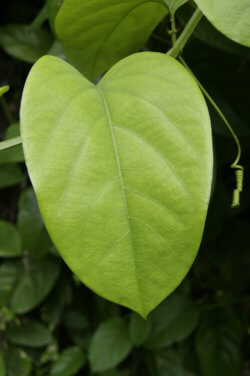
Photo 1: Whole leaf, primitive character of the genus Passiflora.
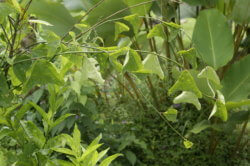
Photo 2: Modified leaf shaped like butterflies.
Modern character of certain species of the genus Passiflora
Normally the butterfly mother decides to look for another plant, because there are many butterflies in that area. Sometimes there are just a few passionflowers in the area and the butterfly ends having to lay their eggs on that plant anyway. Some species of passionflower have adapted to this scenario as well. The eggs of these butterflies are small, yellow and are usually placed in rows. Look at the photo 3. Yellow dots are not really butterfly eggs, they are colored marks produced by the plant.
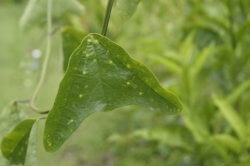
Photo 3: False yellow eggs on passionflower leaf
The plant is trying to make the butterfly think that another butterfly mother has already laid her eggs on this plant, and remember some caterpillars of these groups are cannibals. This story creates more questions than answers, such as how many years did these changes take? We do not know precisely yet, but it seems it is between 40 and 20 million years. The fossils and the molecular clock have not yet been very clear. If you liked the story we hope to see you again for this blog. You will learn more intriguing stories about the ecology and evolution of living beings on this planet.
If you want to read more about the relationship between butterflies and passionflowers you can read this article: http://phvjshe.passionflow.co.uk/downloads/gilbert_1982.pdf

